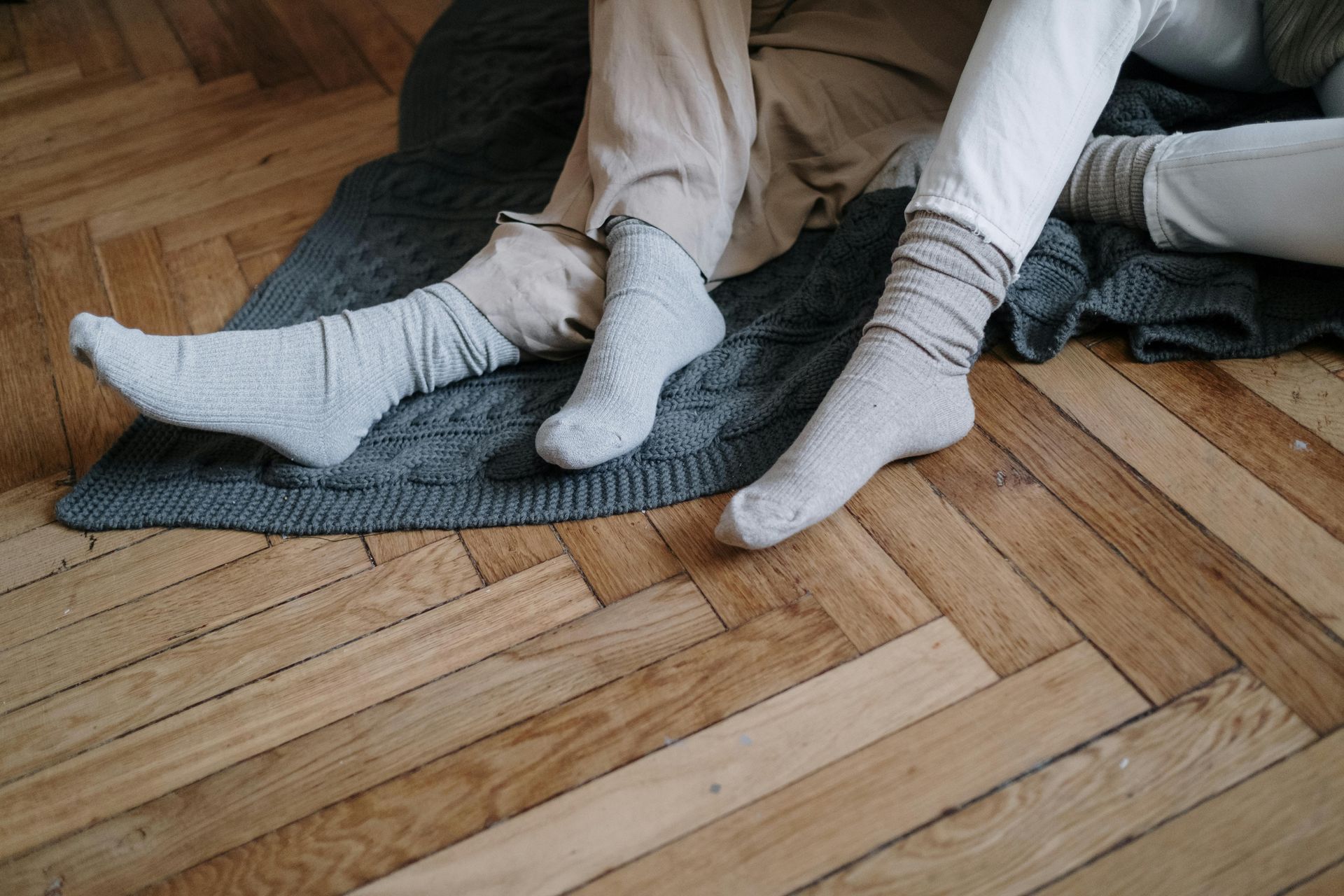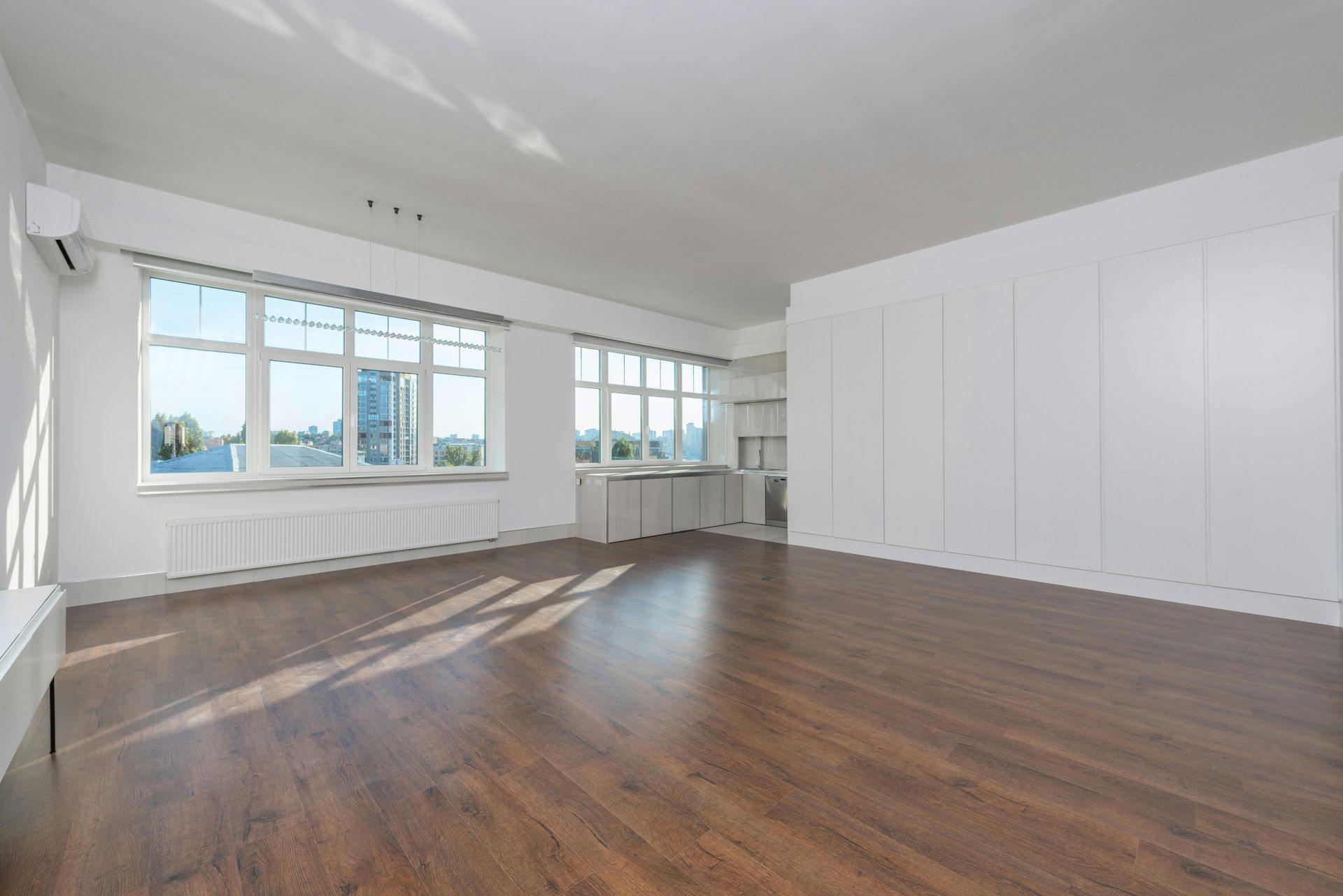Which Color Flooring has the Best Resale Value
It's crucial to check that your home has the features necessary to entice potential buyers when the time comes to sell. During this period, the flooring and its color are one of the most crucial factors to take into account. The flooring is a significant consideration because it affects the home's aesthetic appeal and the potential buyer's perception of the home's quality and degree of maintenance.
Decide on a flooring color that complements your style and raises the value of your property. Make sure that every element of your house, including the flooring, is in excellent condition before you put it on the market for sale.
Popular Flooring Colors for Resale Value
Aesthetics and design trends significantly influence the resale value of your home. Here are a few of the most common flooring colors that prospective homebuyers are looking for:
- Neutral colors:
The flooring that comes in neutral colors provides a sleek, contemporary appearance that goes with any style of design, making it simple for purchasers to picture themselves residing in your house. It lets you decorate your home with any accent color you like without worrying about colors clashing.
- Dark Colors:
Many homeowners prefer the dramatic and opulent appearance that dark flooring colors like brown or black produce. These floor colors make a room appear bigger and brighter, making them ideal for large rooms with lots of natural light. To avoid making smaller spaces appear claustrophobic and drab, avoid choosing flooring that is too dark.
- Light flooring
The most desired hardwood color in residential settings may come second to dark flooring. Why? It is attractive, stylish, and practical at the same time. Light hardwoods are luminescent, cheery, bright, and beautiful. It's a color frequently picked by homes with children and pets that might scratch their floors.
The Best Colors for Different Types of Flooring
There are a few considerations when deciding on the ideal color for various types of flooring. The following are some general principles:
1. Hardwood flooring: Lighter hardwood flooring colors, such as natural oak, ash, and maple, are frequently used. They offer a traditional, timeless appearance that many homebuyers find appealing. Although they can be polarizing and may not appeal to everyone, installing hardwood flooring with darker stains like ebony or mahogany can also be attractive.
2. Laminate flooring: Laminate flooring is available in various colors and designs. However, it is preferable to stick with options with a natural appearance, such as stone or wood. Beige, gray, and taupe are safe, neutral colors to choose from.
3. Tile Flooring: Various color possibilities are available for tile flooring, which is a wonderful alternative for bathrooms and kitchens. Popular options include earthy tones like terracotta and slate and neutral color like white.
Conclusion
Certain colors may look better with specific elements, such as light colors when installing hardwood floors or beige for carpeting. You can pick a deeper floor color without making the space feel too dark if your room gets a lot of natural light. But to make a room feel brighter without natural light, it's better to go with lighter flooring colors.
The best color for your flooring will depend on various factors, including the style of your home, your personal taste, and the current trends in your area. Assuming you're in the Madison area of Wisconsin and you are in doubt about making a choice, it's always best to go with floors with a classic, timeless look; choose the products from Floorforless as they appeal to many buyers.







